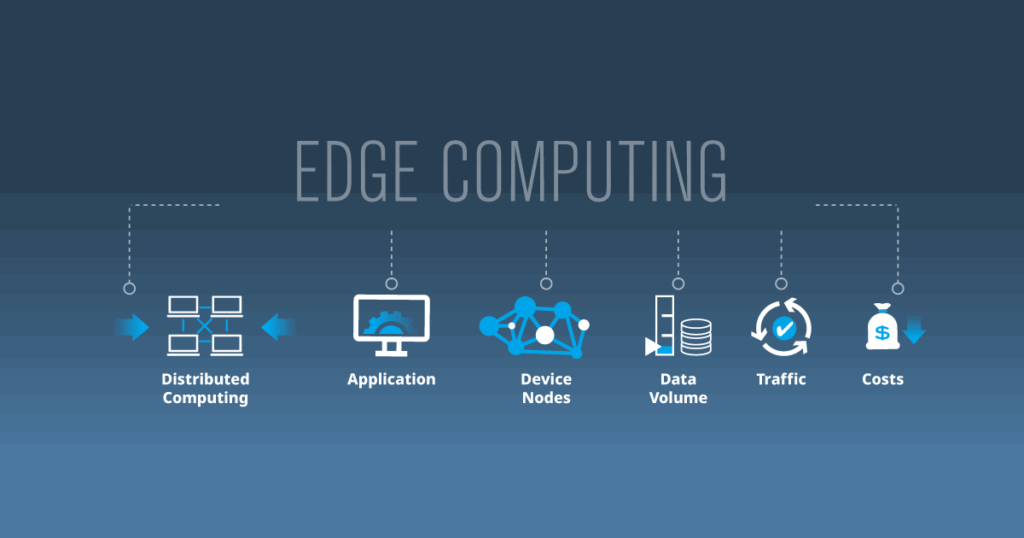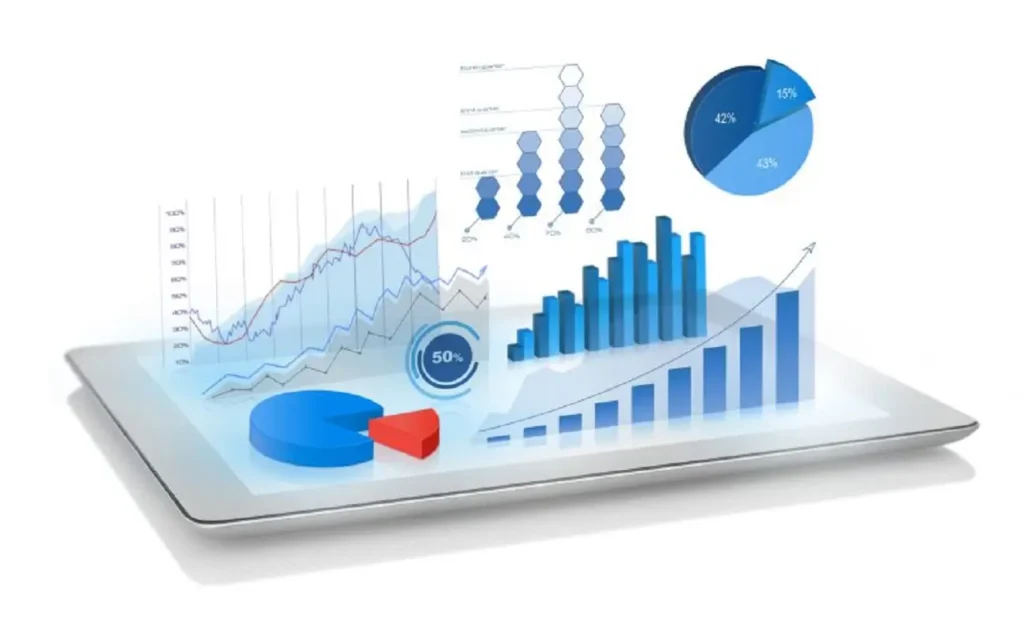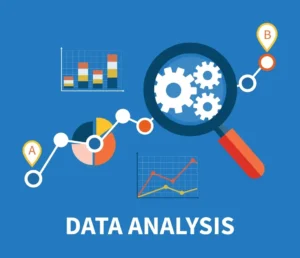Data is the driving force behind any organisation in the present market trend in a plethora of different ways. In today’s expanding market, data science, big data analytics, and artificial intelligence are the three main themes. The data analytics sector is expanding tremendously as more businesses adopt data-driven models to automate their business procedures.
Organizations are leaning more towards data analytics, whether it be to support fact-based decision-making, embrace data-driven models, or increase their product offerings that rely on data. Organizations can cope with numerous changes and uncertainties with the aid of these developing data analytics trends. Let’s examine a couple of these Data Analytics trends that are rapidly getting ingrained in the sector.
1. Artificial Intelligence

The business environment has changed significantly as a result of COVID-19, making prior data no longer useful. Hence, various scalable and smarter Artificial Intelligence and Machine Learning approaches that can deal with small data sets are now available on the market to replace old AI techniques. These technologies offer a quicker return on investment, are significantly faster, preserve privacy, and are extremely adaptive. Most manual chores can be automated and reduced with the use of big data and AI.
2. Data analytics automation
To reduce the need for human intervention, data analytics automation refers to automating analytical work with computer systems and processes. The efficiency of many businesses can be significantly impacted by the automation of data analytics procedures. Additionally, it opened the door for analytical process automation (APA), which is recognised to help in releasing predictive and prescriptive insights for quicker victories and greater ROI.
The use of data will be improved, and productivity will increase. One standout feature of this tool is its ability to search categorical data and produce a list of pertinent features. SAP, Apache Spark, IBM Analytics, and Hadoop are some of the most well-known data analytics programmes.
3. Edge Computing

By enabling processing and data storage to be placed closer to where the data originates, edge computing has opened up a world of possibilities. Data is therefore more precise and controllable. Also, it lowers expenses and offers quicker insights and responses. In fact, it is predicted that in 2025, the speed of data processing at the edge would rise by 75%. It is currently at about 10%.
There are further advantages as well, ones that affect our daily life. Edge-enabled IoT devices are quicker, more agile, and more adaptable. They can also perform real-time analytics and enable autonomous behaviour.
4. Composed and Agile Data & Analytics
Digital innovation, differentiation, and growth are all possible with agile data and analytics models. Using a variety of data analytics, AI, and ML solutions, edge and composable data analytics aims to deliver a user-friendly, flexible, and seamless experience. This will not only enable leaders to connect business insights and actions but also, encourage collaboration, promote productivity, and agility and evolve the analytics capabilities of the organization.
5. Data Governance

It is the process of guaranteeing high-quality data and offering a platform to enable data sharing securely throughout an organisation while adhering to any laws pertaining to data security and privacy. A data governance strategy assures data safety and maximises the value of data by putting the required security measures in place.
Lack of an efficient data governance programme can lead to missed opportunities, unsatisfactory AI model training, compliance violations and fines, bad data quality, influencing business choices, difficulties obtaining relevant data, and delays in analysis. By democratising data, it has the ability to integrate data into all decision-making processes, build user trust, boost brand value, and lessen the likelihood of compliance infractions.
6. Data Fabric
A collection of architectures and services known as the data fabric deliver end-to-end functionality across several clouds. A common practice is established by Data Fabric and may be scaled across a variety of on-premises cloud and edge devices.
The usage of data within a company can be enhanced with the use of data fabric. It has been demonstrated to be simple to use, adaptable to varied uses, and compatible with new technologies. The design, implementation, and operational data management duties in enterprises are therefore reduced by up to 70% using Data Fabric.
7. The Death of Predefined Dashboards

In the past, organisations were limited to static dashboards with predefined data and manual data exploration was only available to data analysts or citizen data scientists. Due to their lack of interaction and user usability, dashboards appear to have outlived their usefulness. Dashboards’ usefulness and return on investment are being questioned, which is prompting businesses and business users to hunt for alternatives that would let them independently study data and save money on upkeep.
Modern automated and dynamic BI systems that give insights tailored to a user’s demands and supplied at their point of consumption appear to be gradually replacing business.
8. Cloud-based Self-Service Data Analytics
Self-service data analysis using cloud-based management systems has emerged as the newest big thing in data analytics. Leaders in human resources and finance are driving this trend by making significant investments in cloud-based technology solutions that give all users easy access to the data they require.
Because they are the ones who need it, self-service analytics puts data right in the hands and minds of the users it is designed to serve. You can strengthen your competitive advantage and raise your efficiency with self-service analytics that is powered by the cloud. By integrating cloud-based analytics into your HR or financials platform, you can guarantee that users will only have access to the data they require.
9. Data-as-a-Service (DaaS)

DaaS is a data management and analysis solution that runs in the cloud. In essence, it enables users to access, utilise, and exchange digital assets online. With reference to big data analytics in particular, it will result in a higher rate of productivity within a corporation. It will make it easier for analysts to complete business review responsibilities by facilitating data sharing across departments and industries.
Given the rise of cloud-based infrastructure modernization tools, DaaS has gained popularity for managing, integrating, storing, and analysing data.
10. XOps
With the widespread adoption of artificial intelligence and data analytics within any enterprise, XOps has emerged as a critical component of business transformation processes. By combining development and operations, or DevOps, XOps was founded with the intention of enhancing business operations, customer experiences, and operational efficiency.
It tries to prevent technological and process duplication and to increase repeatability, reusability, and reliability. Ultimately, XOps’ main goal is to assist enterprises to achieve economies of scale by providing flexible design and agile orchestration in collaboration with other software disciplines.



